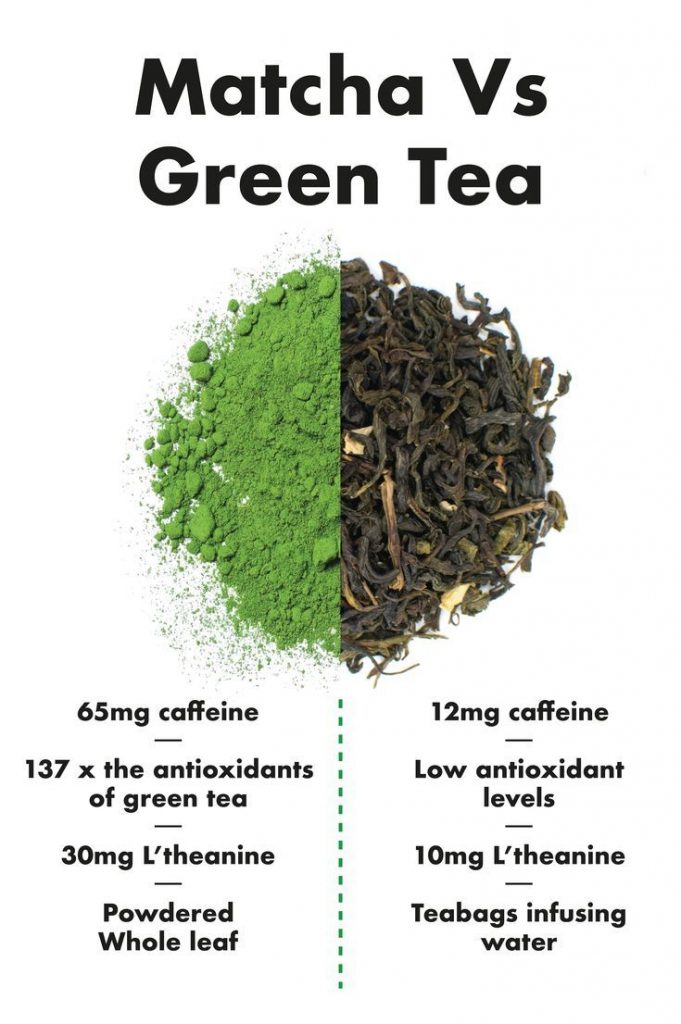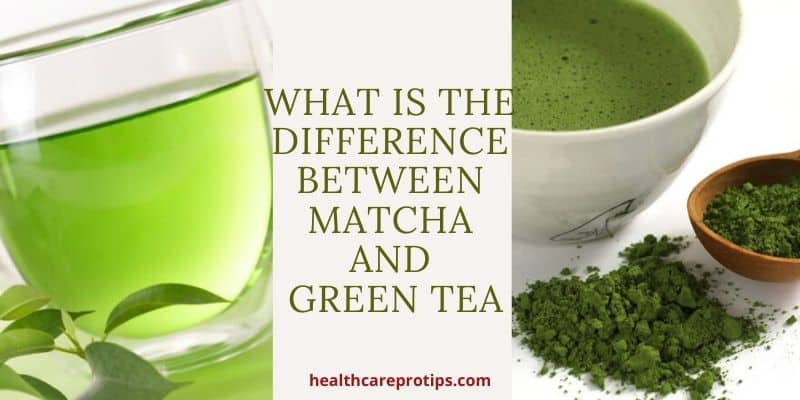Millions of individuals worldwide are devoted to tea, making it one of the most widely consumed beverages after water. With approximately 2 billion people commencing their day with a cup of tea, and an annual production exceeding 3 billion tons globally, tea holds a significant place in daily routines.
In Pakistan, recent trends show a notable 35.8 percent surge in tea consumption per capita, with imports rising by 2-3% in previous years. Such statistics position Pakistan as the 7th highest consumer of tea globally, indicating the integral role tea plays in daily life. It’s no exaggeration to suggest that tea has become a fundamental part of many cultures, coursing through veins as a staple beverage. Let’s delve into the benefits of matcha vs green tea.
Types and History of Tea
Tea, with its myriad varieties including black tea, green tea, matcha tea, white tea, herbal tea, oolong, and fermented tea, offers a diverse array of flavors and health benefits. Originating from the same plant species, Camellia Sinensis, both green tea and matcha tea boast a rich history tracing back approximately 5000 years to ancient China, where it was first discovered by a Chinese Emperor. Initially prized as a medicinal elixir accessible only to the elite, green tea’s cultural significance was immortalized in the famous book ‘The Classic of Tea,’ which delved into its art and customs.
Green Tea

Green tea, typically found in teabags, offers a plethora of health benefits. Its anti-inflammatory and antioxidant properties make it a formidable ally against various illnesses, including cancer, by reversing mutagenesis. Furthermore, green tea aids in reducing body pain and promoting weight loss, while its anti-aging components rejuvenate skin cells and combat aging. Epigallocatechin gallate (EGCG), a potent antioxidant present in green tea, detoxifies the liver and bolsters the immune system to fend off invaders. This beverage also plays a pivotal role in addressing heart diseases, kidney diseases, liver malfunction, and various skin conditions, while promoting dental health and preventing inflammation. You can also review when to drink green tea before or after the meal
Matcha Tea

Matcha tea, derived from powdered green tea leaves, shares many benefits with its counterpart but boasts even greater potency. Its intensified properties, including skin rejuvenation, anti-inflammatory, and anti-bacterial effects, offer enhanced benefits in comparison to green tea. Remarkably, the benefits of ten cups of green tea can be derived from just one cup of matcha tea, making it a concentrated powerhouse of wellness. Consuming matcha tea promotes overall well-being, epitomizing the adage of a sound mind in a sound body. In essence, matcha tea surpasses green tea in delivering a comprehensive spectrum of health benefits.
The Difference between Matcha and Green Tea

The manufacturing processes of green tea and matcha yield distinct characteristics that differentiate the two beverages. Green tea typically undergoes a drying process, where its leaves are exposed to sunlight for an extended period, resulting in a dried form. In contrast, matcha leaves are meticulously covered and shaded to enhance chlorophyll levels and elevate amino acid content. This meticulous treatment contributes to matcha’s finely powdered form, as opposed to green tea’s loose leaf or tea bag presentation.
Taste profiles vary between green tea and matcha, influenced by the addition of various herbs or botanicals in green tea blends. Green tea can exhibit a spectrum of flavors, ranging from sweet to savory and fruity, with variations like peach, jasmine, citrus, ginger, or honey. Conversely, matcha tea offers a vibrant, sweet, and concentrated taste, sometimes accompanied by a buttery undertone.
Cultivation practices also contribute to the differences between green tea and matcha. While more than half of green tea originates from China, matcha is predominantly cultivated in Japan. Green tea cultivation typically involves exposure to sunlight, whereas matcha production emphasizes shade. Green tea can be processed using various methods such as pan-firing, sun-drying, and basket-firing, or modern techniques like over-drying, steaming, and tumbling. These methods aim to remove bitter components while preserving the tea’s natural flavor. In contrast, matcha leaves undergo a meticulous process involving deveining and shading to halt oxidation, ensuring the retention of its vibrant color and distinctive taste profile.
Health Benefits of Green Tea and Matcha

Though green tea and matcha are derived from the same plant Camellia Sinensis, therefore, they have somehow similar interests. Still, the difference lies because of varying methods of processing and cultivation. It has been said that matcha is ten times healthier and nutritious than green tea.
- Both green tea and matcha offer a range of health benefits due to their origins from the Camellia Sinensis plant.
- Matcha is often considered to be ten times more potent and nutritious than green tea.
- Green tea and matcha are rich in antioxidants, including catechins, which help combat oxidative stress and reduce the risk of chronic diseases.
- Regular consumption of green tea and matcha may contribute to improved heart health by lowering cholesterol levels and reducing the risk of cardiovascular diseases.
- The presence of epigallocatechin gallate (EGCG) in both green tea and matcha supports immune function and helps defend against infections.
- Green tea and matcha contain L-theanine, an amino acid that promotes relaxation and mental clarity, potentially reducing stress and anxiety.
- The combination of caffeine and L-theanine in green tea and matcha can enhance cognitive function, including improved focus, attention, and memory.
- Both beverages may aid in weight management by boosting metabolism and promoting fat oxidation.
- Green tea and matcha have anti-inflammatory properties that may alleviate symptoms associated with conditions like arthritis and promote overall joint health.
- The chlorophyll content in matcha, derived from its shaded cultivation, may support detoxification and promote healthy skin.
Conclusion
While Green tea and matcha share similarities in their health benefits stemming from their common origin, the differences in processing and cultivation impart unique qualities to each. Matcha’s intensified nutritional profile underscores its reputation as a powerhouse of wellness, offering enhanced benefits compared to green tea. Whether enjoying the rich flavors of green tea or savoring the concentrated goodness of matcha, incorporating these beverages into one’s routine can contribute to overall health and well-being.
Medical Disclaimer: It’s important to note that while green tea and matcha offer potential health benefits, individual results may vary.
Disclaimer: The content on Wellness Derive is for informational purposes only and not a substitute for professional medical advice, diagnosis, or treatment. Always consult a healthcare provider for medical concerns.



